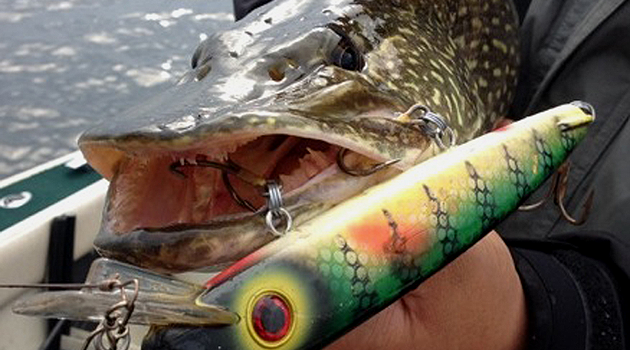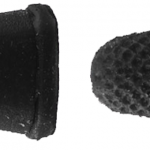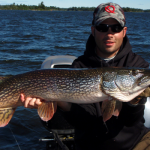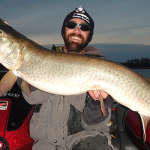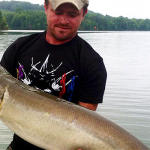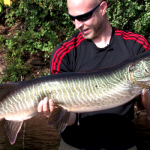By JP Bushey
Cooling water reboots options for pike and muskie casters. Fishing twitchbaits consistently electrifies these fish, no matter what the temp gauge says. To me, esox species are the most fun and interesting fish of them all. They always have been. One part psychotic killer, one part pouting baby, these fish excite, engage and entertain me like no other. I’ll take them any way I can get them, from deadbaiting under a foot of ice, to speed trolling with jackhammer crankbaits or bucktails. By this time of year, lure styles that run with start/stop rhythm, offer huge triggering qualities and hook fish solidly can be some of the best. A lot of days, there’s nothing better than a twitchbait.
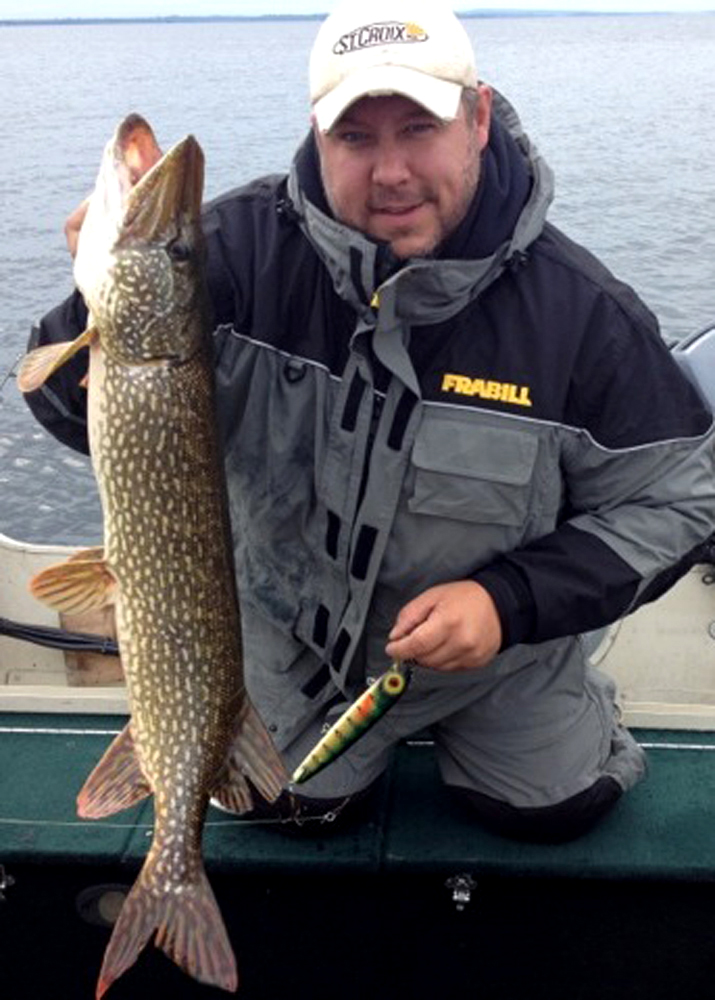
You can twitch with just about anything. But in my mind, the classic, twitchbait pedigree typically contains hard plugs from the minnowbait family. They’re designed with built-in wobble when you reel or troll them. But things really start getting nasty when you mix together rips, reels and pauses all within the lure’s travel back to the boat. Twitchbaits are the ultimate in creating a ton of triggering moves all within the same retrieve and very often, with very little forward motion. You can drop all kinds of moves in a tiny section of dance floor. In cold water, this alone sets the twitchbait apart. The honour role contains plenty of household names: Jakes, Double D, Triple Ds, Shallow Raiders, Shallow Invaders and so on. Everyone in pike and muskie fishing owns at least a few, and these are not hard lures to use, neither do they require the effort of many other lure styles. Anybody can take fish twitchin’.
Bless their cold little hearts, pike and muskie both have short circuits in those tiny brains of theirs. Like people, certain things just make them react. I don’t know about you, but deer flies, mosquitos or wasps aren’t typically items I think about popping into my mouth to eat. But put one near me, and I’m going to lash out at it. I have to. It’s an internally wired reaction. Twitchbaits pull that same string in esox. That thumping, flashing, object is the perfect size for them to overtake and rob calories from. Then it stops, in close. After a few seconds, it begins to dance away again. It’s not even fair. Primal esox is an old, old killer. Everywhere I’ve ever fished, pike and muskie react to a twitchbait. Fall is one of the best times to throw these lures. I’ve had success casting Triple Ds off the deep sides of shoals and walking them down past ten or twelve feet. Up around remaining slop (and finding good weed that hangs on late in fall can be aces just about everywhere) buoyant, high-action baits like ten inch Jakes bob and weave their way into some dangerous, dangerous areas. As with a lot of guys, flat-sided plugs like Jakes are a trolling staple for me, as well. If you think that melodic, wild thumping action behind the boat gets fish excited, try it with a few pauses, rips and pops, casting. I could easily cast the rest of my life with just a Jake.
One bait that has me really excited this fall is the Vexer, from Sennett Tackle. Right off the bat, Vexers have taken the erratic, naturally juicy twicthbait attitude and twisted it around, using a small spinner blade slung from the bait’s belly, near the ventral section. The script with esox and spinners reads just like the twitch script: a match made in aggression heaven. I doubt anyone would dispute the love these fish have for the blade. It’s universal. With an oversized, almost shovel-like square lip, low-angle line tie and broad sides, the whole bait is designed to really rumble. That square lip is key, as it is on baits like the Triple D, certain Crane Baits, and others. When you pop or snap a square lip, it gets the lure rolling almost completely on its side. Straightaway cranks or pulls with a lip like this gets the lure wobbling very wide. For bouncing off rock, wood or even weed stalks, square lips are superior to other shapes. They give lures a chance to deflect off things. In cover situations, a good lip, stable running path and high-buoyancy are all really important. The Vexer will be a huge part of my game for fish that are using shallow rock, cabbage or even wood. Not only in the fall, but the spring too. It has the added benefit of the spinner’s flash, and is virtually impossible to foul. For fishermen working coloured water and/or water where pike and muskie relate to cover in fall, this bait has pretty well created it’s own category. I love ‘out of the box’ thinking with lure design, and the Vexer is a lure that is designed using some really smart wrinkles. Don’t ever overlook the blown fuse pike and muskie have for lures that rise or float up when you stop moving them, either. Yes, this is a great attribute for walking baits through cover, but it also is a natural escape or death move for small fish in trouble. High-buoyancy twitchers are important all season, including right now. A series of spastic starts and stops finished off with a slow break for the surface will always be killer. I love how fast a Vexer rises when you take your foot off the gas a little.
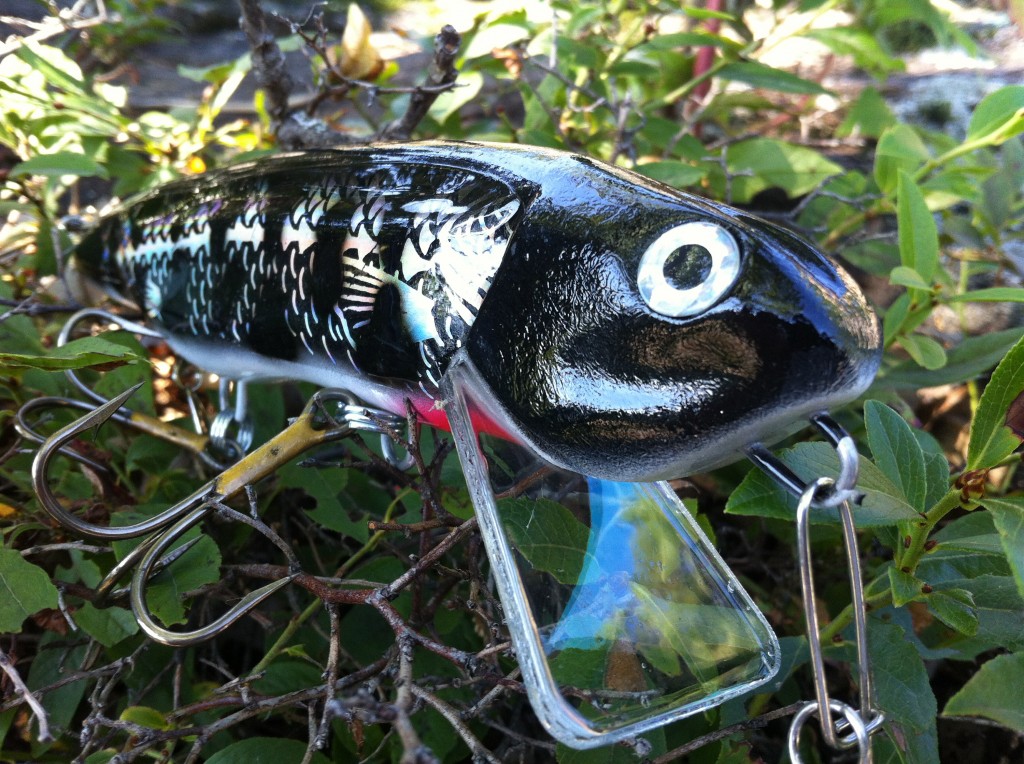
On the flip side of all that, lures that run deep and hang in place on the pause are also terrific. Especially in deeper, clearer waters that dip into the fifty degree range. In my opinion, the gold standard for baits in this family are Esox Research Co.’s Double and Triple D. When these baits came out, they too created their own sub-category of lures. Like the Vexer, both are solid body lures without a rattle chamber. I love this in clearer water, always have. Triple Ds have the more traditional, rounded lip, like so many other minnowbaits. On eighty pound braided line, they can easily be worked down past ten feet. Current—in any form or velocity—has always been a fall magnet for pike and muskie where I do the bulk of my fishing in north-central Ontario. On water like the French River, moving water attracts fish, keeps them tighter to bottom and usually places them in pretty predictable zones. Deeper running, suspending lures are a perfect tool for fish that are still very much willing to run up in the water column and eat, but need a little more time to get there. The story is much the same over deep cabbage beds that hang on all season in areas of Georgian Bay. With as much as eight or ten feet of cushion over the weed tops in deep water, hanging a Double D is perfect. With the square lip, the Double D usually flips off any high weeds that periodically get in the way. Time and time again, combining intermittent flash, vibration and movement with dead pauses makes esox respond. It really is just like having that mosquito buzzing around your face. Reaction is a forced response.
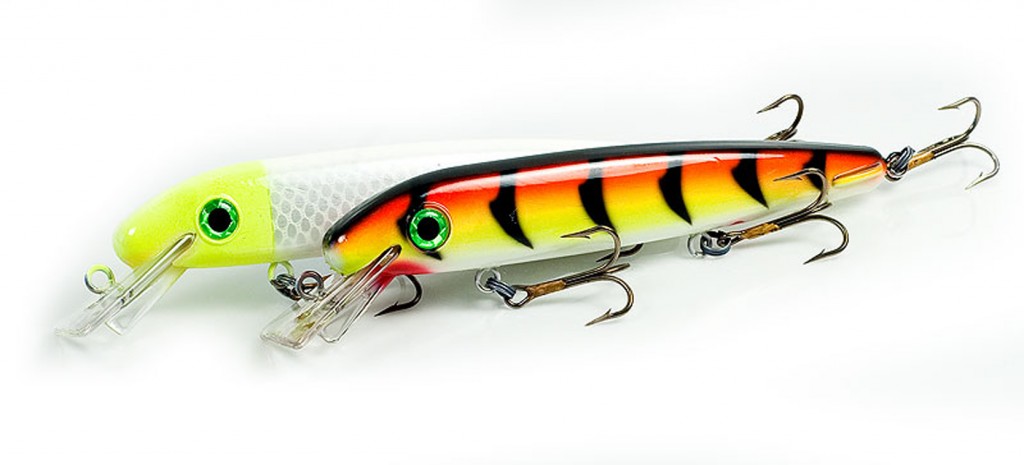
Drifter Tackle DD
Setting up for twitching isn’t complicated. But like any other style of fishing, there are key details that all work together to generate a near-perfect end product. Small, fast reels basically only need to eat up your slack line fast. You don’t need giant gearing or brute power, like you would with bucktail fishing. Solid anti-reverse is a must, and so is all-day comfort. For me, little 300 Series Shimano Curados with the stock, double paddle handle are perfect. They’ve got lots of speed for taking up slack between moves, and are small and light to work with. Younger friends, spouses or older anglers can all catch fish on twitchbaits without killing themselves. I never hand new esox fishermen a double 10 bucktail to burn or a Pounder Bulldawg to deadlift. Small, light baits like twitchers are deadly no matter who’s on the rod.
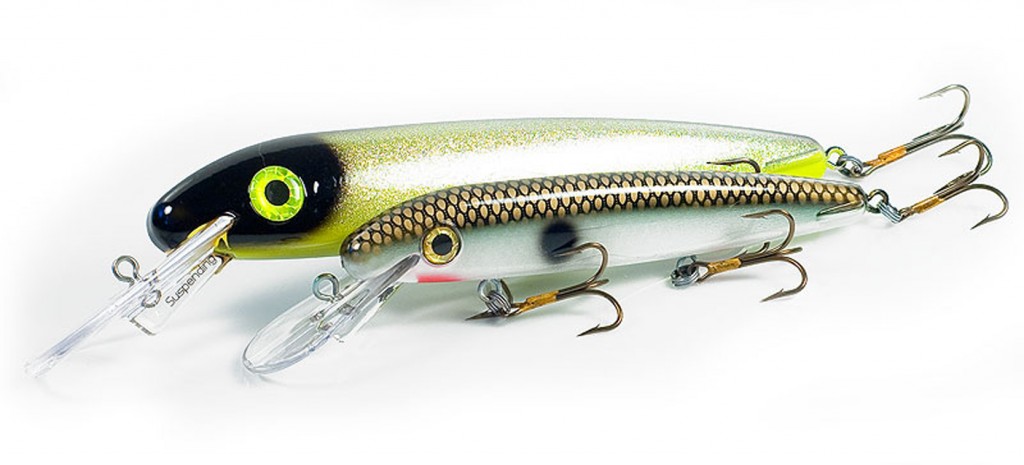
Drifter Tackle DDD
In terms of rod style, I’ve always been partial to shorter, faster action models. I’m a long rod fisherman with all my other pike and muskie techniques, but not here. 7’6 is my magic number. I’ve got lots of downward stroke from the front deck of my boat, I can steer and snap lures easily and make as long of a cast as I’ll ever want. That length just fits. I’ve always found that for really getting these lures dancing, heavier actions are just more direct and efficient. It just takes less movement from me to move my lure. The rod absorbs nothing. Everything I do with my rod travels straight down to the nose of that bait. Twitchbaits are devastating, devastating hookers, and a shorter, heavier rod piledrives them in. For me, your money and thought should be devoted to rods, rather than reels, when you’re setting up to twitch. It’s a rod-based technique, in my opinion.
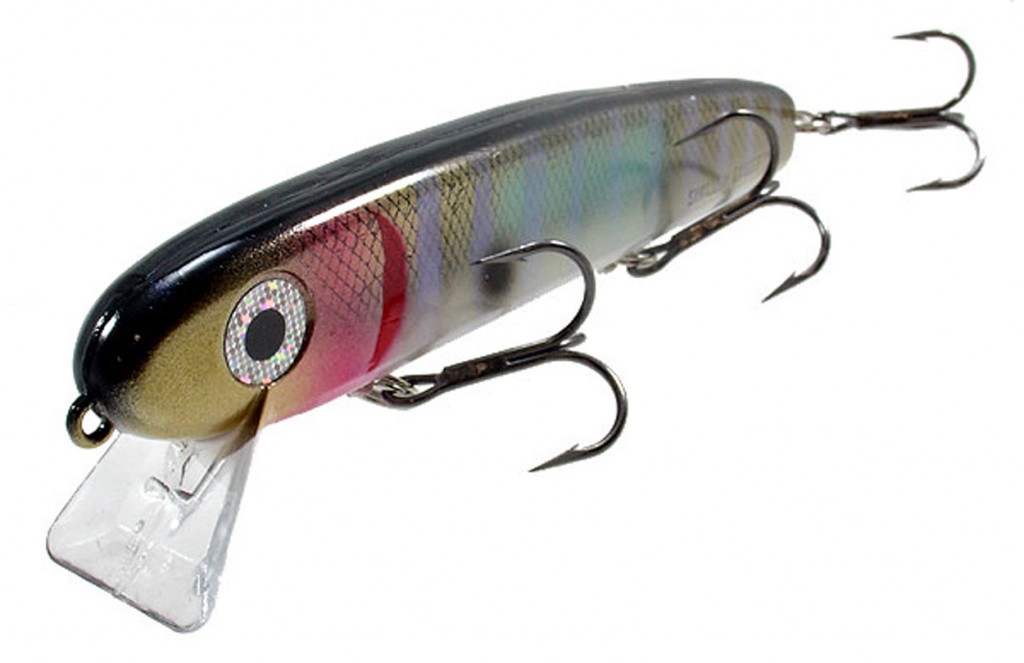
Joe Bucher Outdoors Shallowraider
Along the same lines, I’m a solid wire leader guy. Like the rod, they’re a direct connection to my bait and really help creating those crisp, tight moves I like. I fish nearly all of my lures from six to ten inches long on a 7’6 The Jerk, from St. Croix’s Legend Tournament Musky Series. I hand-twist leaders from 150lb solid, bronze wire. They’re roughly the same length as the lure, and I use a good snap on one end and a simple, closed loop where I tie my line. No swivel. Swivels adds drag, pick up debris and do zero for the way a twicthbait runs. I use high visibility, white or yellow line for everything I do with start-stop lures, be them twitchbaits, rubber or jigs. I like watching my line angle around cover and it helps me see how deep my baits are running. I black out the last few feet of the line down to the leader with a marker.
And that’s about as complicated as you need to make things. Watch for fish on all of your fall spots, and exploit their willingness to react when a twitchbait gets buzzing around their face. Both pike and muskie are genetically predisposed to biting them. These are great lures for throwing around a ton of flash, if that’s needed. They’re right at home fishing silently and seductively working deep. For crashing structure and cover, you can get right in there and enrage fish. All of these things play to their personality, and all are major triggers this time of season.
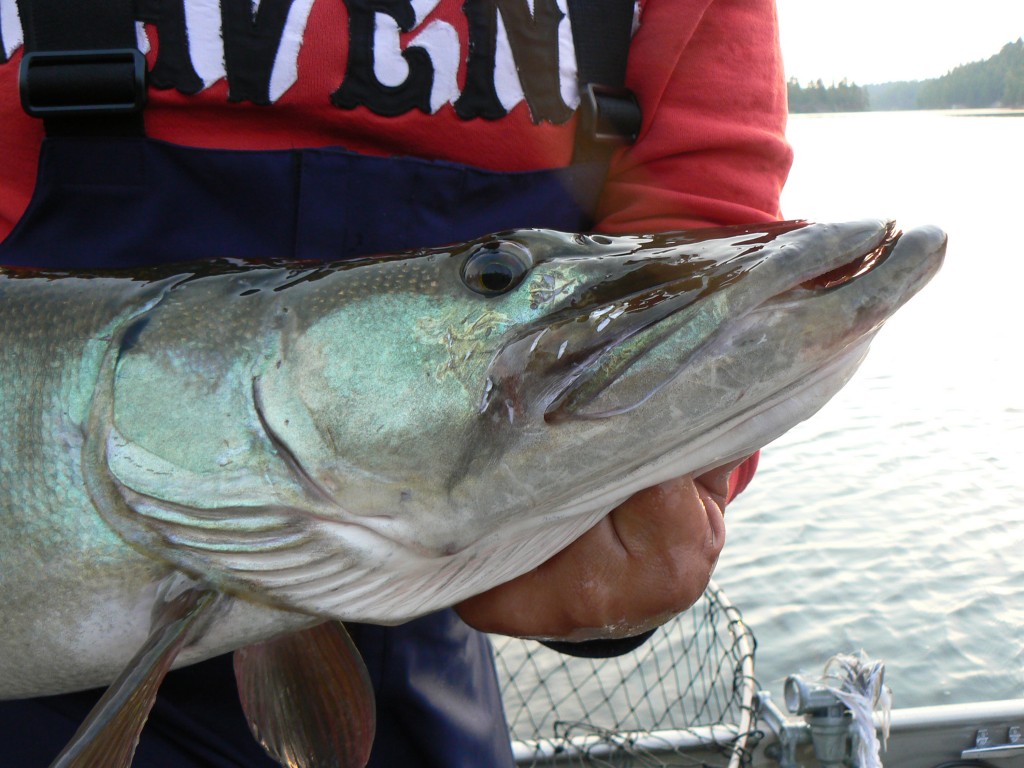
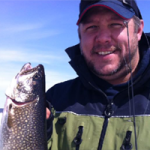 JP Bushey
JP Bushey
JP Bushey is a multi-season, multi-species writer from Barrie, Ontario. Northcentral Ontario’s ‘big water’ is where he spends his time, including Georgian Bay, Lake Nipissing, The French River and The Bay of Quinte. He does speaking engagements, manufactures lures and takes pride in helping people improve their fishing success. You can follow his fishing adventures on Facebook at The Bushey Angle, and on the web at www.thebusheyangle.com


